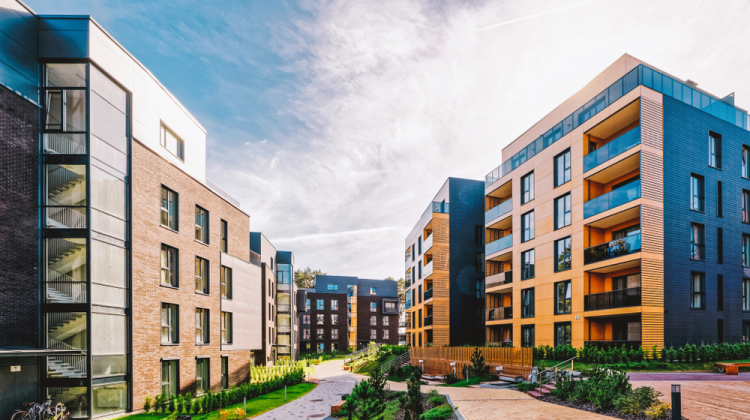
Commissioning for Energy Savings: Maximize Efficiency & Reduce Costs
Commissioning for Energy Savings
In today’s era of rising energy costs and growing sustainability goals, commissioning for energy savings has become an essential process for building owners and facility managers. This systematic approach ensures that building systems are designed, installed, tested, and maintained to perform optimally, reducing energy consumption and improving occupant comfort.
By implementing during both new construction and existing building upgrades, organizations can achieve significant cost savings while aligning with green building standards.
Why Commissioning for Energy Savings Matters
Buildings often consume more energy than necessary due to design flaws, incorrect installations, or improper system settings. Identifies and rectifies these inefficiencies, ensuring systems like HVAC, lighting, and controls operate at peak performance.
Some key benefits include:
-
Lower operating costs through reduced energy bills.
-
Extended equipment lifespan due to optimized performance.
-
Improved indoor environmental quality for occupants.
-
Compliance with energy efficiency certifications like LEED and IGBC.
According to the Bureau of Energy Efficiency (BEE) in India, proper commissioning can save between 5% to 30% of a building’s annual energy usage.
Types of Commissioning for Energy Savings
1. New Building Commissioning
This ensures all energy systems in new projects are installed and tested to meet design requirements. Early integration helps avoid costly redesigns.
2. Retro-Commissioning
For existing buildings, commissioning for energy savings uncovers inefficiencies developed over time, such as outdated controls or neglected maintenance.
3. Re-Commissioning
Buildings that were commissioned before may still need periodic review to ensure systems remain energy-efficient.
Key Steps in Commissioning for Energy Savings
-
Planning and Documentation – Create a commissioning plan outlining energy goals.
-
System Review – Evaluate HVAC, lighting, and building envelope performance.
-
Functional Performance Testing – Test systems under real-world conditions.
-
Corrective Actions – Adjust settings, repair faults, and optimize operations.
-
Owner Training – Educate facility staff to maintain efficiency.
Commissioning for Energy Savings and Green Building Certifications
In India, is a critical requirement for certifications such as:
-
LEED (Leadership in Energy and Environmental Design)
-
IGBC (Indian Green Building Council)
-
GRIHA (Green Rating for Integrated Habitat Assessment)
By meeting commissioning requirements, buildings not only improve efficiency but also earn valuable recognition in the sustainable building sector.

Case Example: Energy Savings Through Commissioning in India
A commercial office in Bengaluru underwent during a major retrofit. By recalibrating HVAC controls, sealing air leaks, and upgrading lighting systems, the building reduced its annual energy use by 18%, saving over ₹15 lakhs in operating costs.
For more technical guidelines, you can refer to Bureau of Energy Efficiency India.
Conclusion
Whether it’s a new project or an existing facility, is a smart investment that pays for itself through reduced energy bills, better system performance, and enhanced sustainability. By ensuring every component operates at its best, businesses can lower costs and contribute to a greener future.
Ready to optimize your building for maximum energy savings?
Contact AMS India to start your commissioning journey today.
Read more related articles to enhance your knowledge and make informed decisions
Project Cost Management: Control Costs and Maximize Value
Project Budgeting Strategies for Efficient Financial Control








